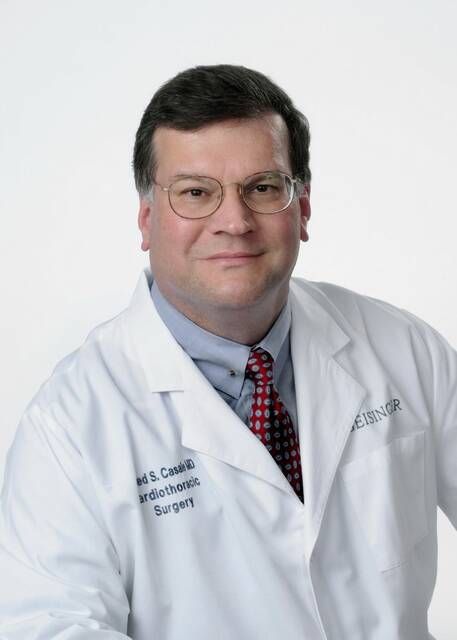Click here to subscribe today or Login.
When it comes to stroke diagnosis and treatment, timing is everything.
May is National Stroke Awareness Month, and it’s an opportune time to understand what causes strokes and how treatment and recover can vary. There are different kinds of strokes, but the symptoms are mostly the same, and all require fast action to prevent or minimize damage to the brain.
Most strokes fall into two categories.
An ischemic stroke occurs when blood flow through the artery that supplies blood to the brain becomes blocked, usually by a blood clot. Ischemic strokes account for about 90 percent of strokes, and treatment involves removing the blockage as quickly as possible.
A hemorrhagic stroke happens when there’s bleeding into the substance of the brain, damaging or destroying brain cells. These strokes are typically caused by high blood pressure and aneurysms that leak but can also be the result of blood vessel malformations. Treatment for these strokes is focused on controlling the bleeding and reducing pressure in the brain.
When blood flow to the brain is blocked for less than five minutes and symptoms resolve in 24 hours or less, this is called a transient ischemic attack (TIA). Often called “mini strokes,” TIAs are warning signs that more severe strokes may occur in the future.
When TIAs are treated immediately and managed carefully, you can lower the risk of a subsequent major stroke.
BE FAST
This acronym is a reminder that strokes require immediate attention and action, and it also makes it easier for us to remember the warning signs of a stroke. If you notice any of the following symptoms, call 911 right away:
Balance difficulties
Eyesight changes
Face drooping
Arm weakness
Speech difficulty
Time to call 911
Knowing the signs and calling 911 as soon as possible can have a big impact on a patient’s recovery. That said, the best care is always preventive care, and 80 percent of strokes can be prevented through healthy lifestyle choices, such as:
Keeping a diet rich in fruits and vegetables
Maintaining a healthy weight
Exercising regularly
Limiting alcohol consumption
Quitting or never starting smoking
If you think you may be at risk for a stroke, talk to your primary care physician.
When strokes do occur, it helps to have advanced stroke care in your community. A Comprehensive Stroke Center is the highest level of stroke center certification awarded in the U.S. It means a hospital or medical center provides care for patients with the most complex types of strokes 24 hours a day with a staff of specialized cerebrovascular neurosurgeons, a neuroscience intensive care unit and the latest advanced imaging capabilities. It also means patients have access to extensive rehabilitation programs and support during recovery.
Since 2019, Geisinger Wyoming Valley Medical Center has been designated a comprehensive stroke center, and the care provided there can save lives.
But remember, stroke diagnosis, treatment and recovery depends on our ability to BE FAST.
Dr. Alfred Casale, a cardiothoracic surgeon, is chief medical officer for surgical services for Geisinger and chair of the Geisinger Heart Institute. Readers may write to him via [email protected].





